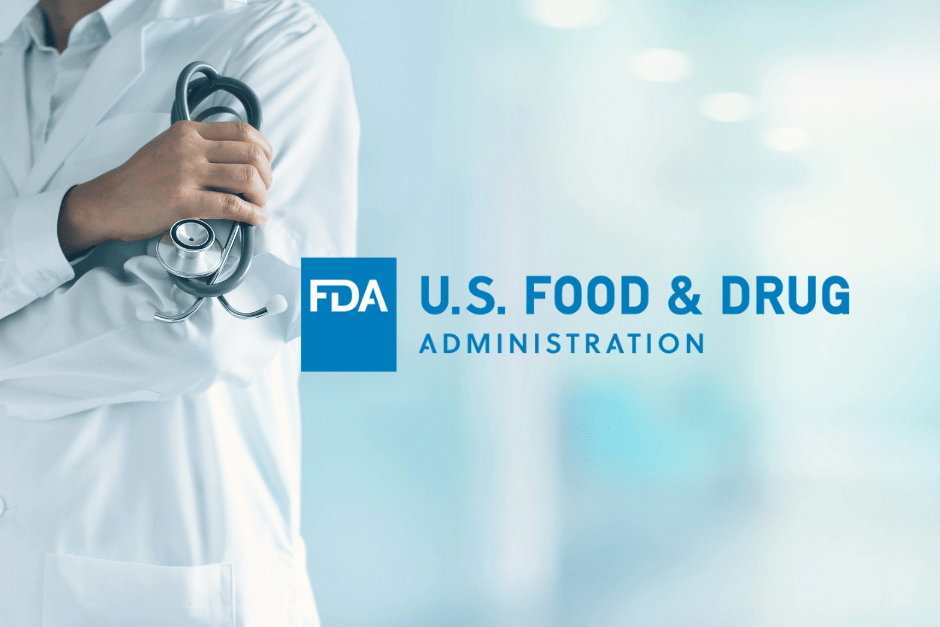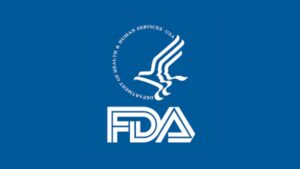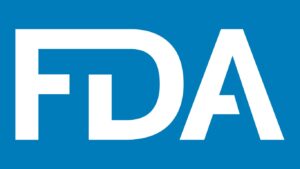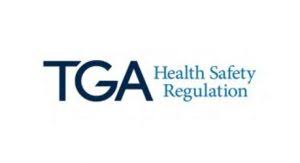The new article highlights the aspects related to monitoring methods and associated matters.
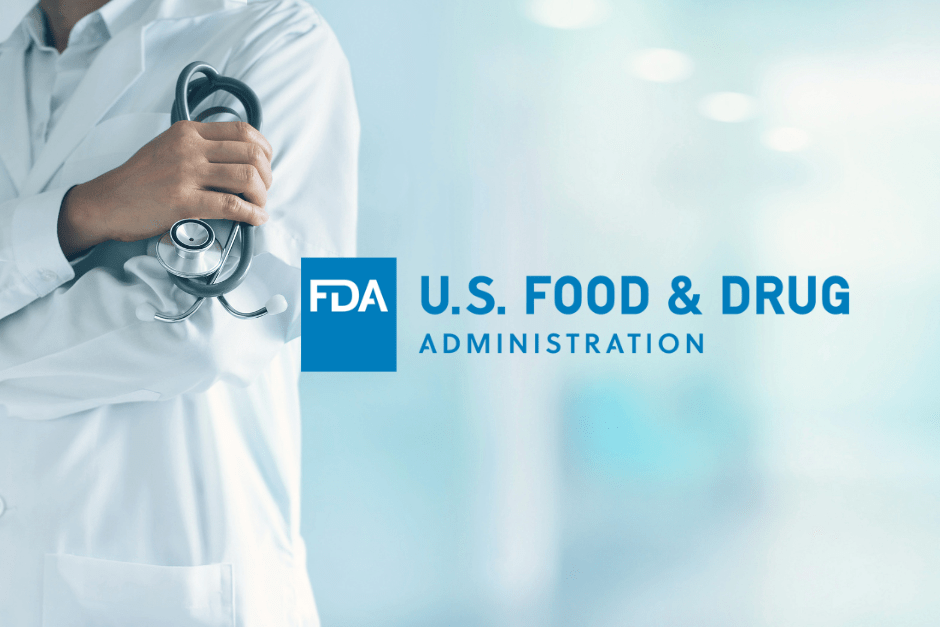
Table of content
The Food and Drug Administration (FDA or the Agency), the US regulating authority in the sphere of healthcare products, has published a guidance document dedicated to general considerations for animal studies involving medical devices.
The document provides a general overview of the applicable regulatory requirements, as well as additional clarifications and recommendations to be taken into consideration by medical device manufacturers, study sponsors, and other parties involved in order to ensure compliance thereto.
At the same time, provisions of the guidance are non-binding in their legal nature, nor are they intended to introduce new rules or impose new obligations.
Moreover, the authority explicitly states that an alternative approach could be applied, provided such an approach is in line with the existing legal framework and has been agreed with the authority in advance.
Test System Monitoring: Key Points
First of all, the FDA emphasizes the need for animal study protocols to adhere to current veterinary standards, particularly for device-related procedures.
The study director must collaborate with veterinary staff to create plans for monitoring and managing anticipated adverse events throughout each study phase. This monitoring is crucial not only for the humane treatment of animals but also for distinguishing spontaneous conditions from device-related events.
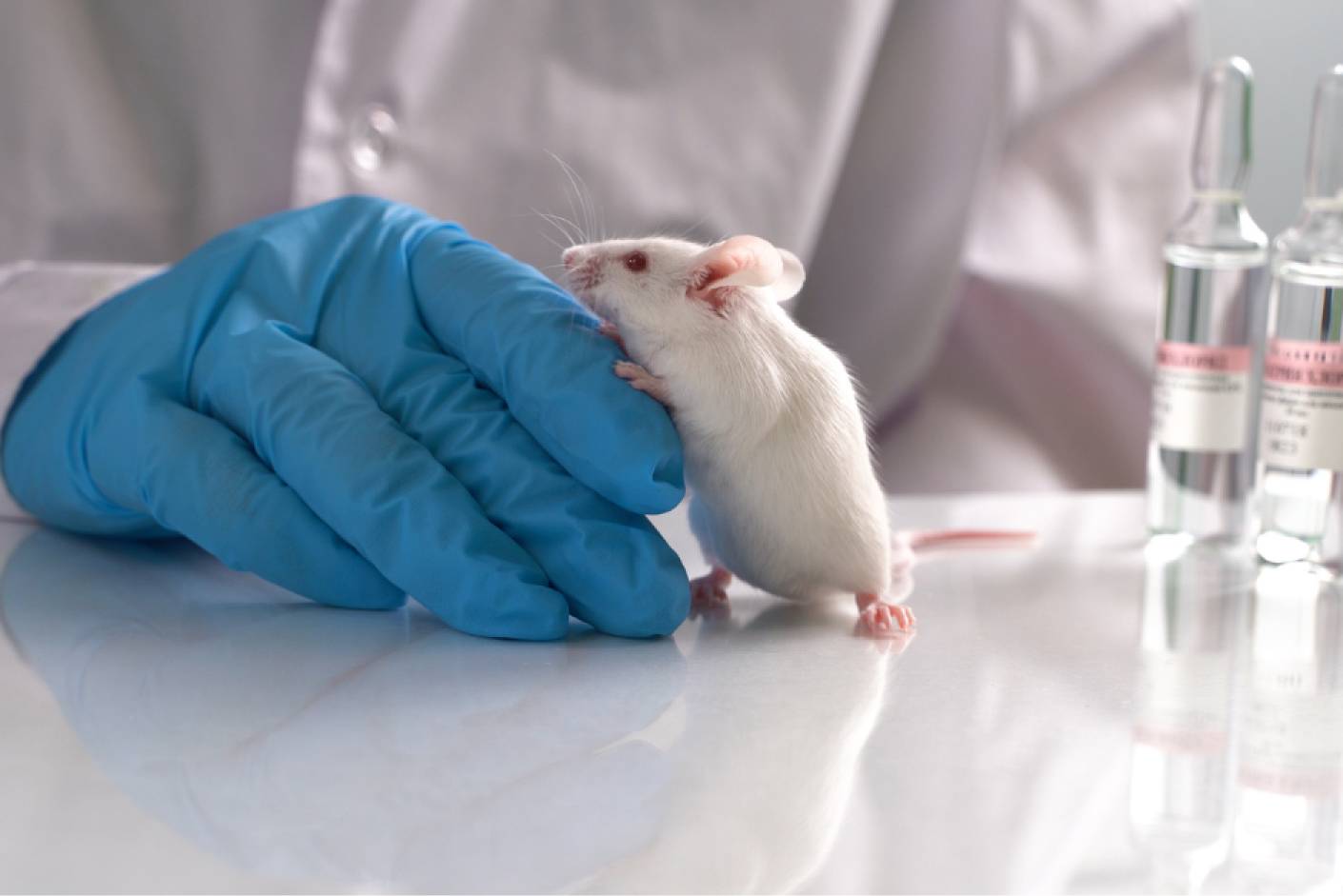
Anesthesia and Analgesia in Animal Studies
Many animal studies necessitate the use of anaesthesia and analgesia, especially for procedures causing more than slight pain or distress.
The study director needs to consult with a veterinarian to establish appropriate anaesthetic and analgesic protocols.
These protocols should consider the species, age, weight of the animals, and the nature of the procedure. Proper anaesthetic and analgesic plans help to prevent the introduction of confounders to the study data.
Impact of Pain on Physiological Systems
Pain can adversely affect various physiological systems like wound healing, behaviour, metabolism, and body system functions.
Predicting the type and extent of pain an animal might experience enables the veterinarian to plan for suitable analgesics and supportive therapeutic measures.
Anticipating the kinds of pain expected also guides the frequency and type of assessments required for effective pain management.
Intra-Procedural Monitoring
During anaesthesia, the FDA advises recording vital signs like heart rate, respiratory rate, oxygen saturation, end-tidal CO2, body temperature, and blood pressure at regular intervals.
Additional monitoring, such as imaging or clinical pathology assessments, might be necessary. All monitoring data should be correlated with the timing of the device’s use, including the use of contrast agents or other associated materials.
Post-Procedural Recovery and Monitoring
Post-anesthetic care should follow the standard laboratory animal care practices, replicating human clinical care where possible.
Monitoring for pain, temperature changes, hydration levels, and mental state is crucial.
Establishing preemptive standard operating procedures for potential complications is recommended.
Multimodal analgesic plans, established before the study, can be highly effective.
In-Life Monitoring
For periods post-recovery, the FDA recommends twice-daily observations, especially during active times such as feeding.
Abnormal behaviours or clinical signs should prompt immediate notification to the veterinarian; such parameters as general appearance, appetite, mentation, respiratory rate, posture, and elimination patterns should be monitored daily.
Weight monitoring and body scoring are also advised as supplementary observation methods.
If the study involves specific in-life monitoring procedures, the sponsor should plan for efficient protocol execution.
Minimizing stress through grouping activities that require chemical restraint is beneficial. Furthermore, the authority also recommends conditioning certain animals for compliance without restraint, depending on the species.
Imaging methods like radiography or MRI can be valuable for evaluating device safety.
As also mentioned by the FDA, following current standards in veterinary record-keeping, such as the POVMR, ensures effective data collection and accessibility for key personnel.
Conclusion
In summary, the present guidance document provides a detailed overview of the FDA recommendations for monitoring and managing animal studies in the context of device testing. The document highlights the key criteria and factors to be monitored in order to ensure the accuracy and reliability of study results.
How Can RegDesk Help?
RegDesk is a holistic Regulatory Information Management System that provides medical device and pharma companies with regulatory intelligence for over 120 markets worldwide. It can help you prepare and publish global applications, manage standards, run change assessments, and obtain real-time alerts on regulatory changes through a centralized platform. Our clients also have access to our network of over 4000 compliance experts worldwide to obtain verification on critical questions. Global expansion has never been this simple.
Want to know more about our solutions? Speak to a RegDesk Expert today!
-->- SEO Powered Content & PR Distribution. Get Amplified Today.
- PlatoData.Network Vertical Generative Ai. Empower Yourself. Access Here.
- PlatoAiStream. Web3 Intelligence. Knowledge Amplified. Access Here.
- PlatoESG. Carbon, CleanTech, Energy, Environment, Solar, Waste Management. Access Here.
- PlatoHealth. Biotech and Clinical Trials Intelligence. Access Here.
- Source: https://www.regdesk.co/fda-guidance-on-general-considerations-for-animal-studies-test-system-monitoring/
- :has
- :is
- :not
- :where
- 1
- 120
- a
- About
- access
- accessibility
- accuracy
- active
- activities
- Additional
- adhere
- advance
- adverse
- adversely
- advised
- affect
- age
- agency
- agents
- agreed
- alerts
- All
- also
- alternative
- an
- and
- animal
- animals
- Anticipated
- appetite
- applicable
- applications
- applied
- approach
- appropriate
- ARE
- article
- AS
- aspects
- assessments
- associated
- At
- authority
- BE
- been
- before
- behaviour
- behaviours
- beneficial
- blood
- Blood Pressure
- body
- but
- by
- CAN
- care
- causing
- centralized
- certain
- change
- Changes
- chemical
- clients
- Clinical
- co2
- collaborate
- collection
- Companies
- compliance
- complications
- concepts
- conclusion
- conditions
- Consider
- consideration
- considerations
- context
- contrast
- correlated
- could
- create
- criteria
- critical
- crucial
- Current
- daily
- data
- dedicated
- definitions
- Depending
- detailed
- device
- Devices
- Director
- distress
- document
- drug
- during
- each
- Effective
- efficient
- emphasizes
- enables
- enhancements
- ensure
- ensures
- especially
- establish
- established
- evaluating
- events
- execution
- existing
- expansion
- expected
- experience
- expert
- experts
- explicitly
- extent
- factors
- fda
- feeding
- follow
- following
- food
- For
- Framework
- Frequency
- from
- functions
- Furthermore
- General
- Global
- global expansion
- guidance
- Guides
- Have
- healing
- healthcare
- Heart
- help
- highlights
- highly
- holistic
- HTTPS
- human
- humane
- hydration
- Imaging
- immediate
- impose
- in
- Including
- information
- Intelligence
- intended
- into
- introduce
- Introduction
- involved
- involves
- involving
- IT
- jpg
- Key
- Know
- laboratory
- Legal
- legal framework
- levels
- like
- Line
- manage
- management
- management system
- managing
- Manufacturers
- Markets
- materials
- Matters
- max-width
- measures
- medical
- medical device
- medical devices
- mental
- mentioned
- methods
- might
- monitored
- monitoring
- more
- MRI
- must
- Nature
- necessary
- Need
- needs
- network
- never
- New
- nor
- notification
- obligations
- observation
- observations
- obtain
- of
- on
- only
- operating
- or
- order
- Other
- our
- over
- overview
- Oxygen
- Pain
- Pain Management
- parameters
- particularly
- parties
- pathology
- patterns
- periods
- Personnel
- Pharma
- phase
- plan
- plans
- platform
- plato
- Plato Data Intelligence
- PlatoData
- possible
- potential
- practices
- Prepare
- present
- pressure
- prevent
- procedure
- procedures
- Products
- proper
- protocol
- protocols
- provided
- provides
- publish
- published
- Questions
- Rate
- real-time
- recommendations
- recommended
- recommends
- record-keeping
- recording
- recovery
- regular
- regulating
- regulatory
- related
- reliability
- require
- required
- Requirements
- Results
- rules
- Run
- Safety
- same
- scoring
- should
- Signs
- Simple
- Solutions
- Source
- speak
- specific
- sponsor
- Sponsored
- Sponsors
- Staff
- standard
- standards
- State
- States
- stress
- studies
- Study
- such
- suitable
- SUMMARY
- supportive
- system
- Systems
- taken
- test
- Testing
- than
- that
- The
- their
- Therapeutic
- they
- this
- Through
- throughout
- time
- times
- timing
- to
- treatment
- type
- us
- use
- Valuable
- various
- Verification
- veterinary
- vital
- want
- weight
- WELL
- with
- without
- worldwide
- wound healing
- you
- zephyrnet

